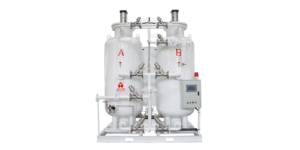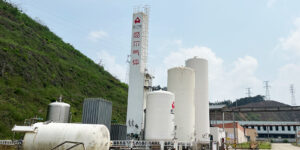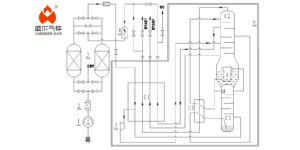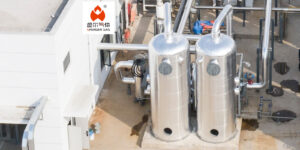Cryogenic towers, also known as cryogenic distillation columns, are devices commonly used in industries and laboratories for handling low-temperature liquids or gases. They are typically employed in the processing of extremely cold media such as liquid nitrogen, liquid argon, or liquid hydrogen. This article will introduce some common information about the production, and function of cryogenic towers.
Selection of Materials for Cryogenic Towers
The choice of materials for cryogenic towers is crucial as they need to maintain strength and corrosion resistance in extremely low-temperature environments. Common materials used for cryogenic towers include stainless steel, special alloys, aluminum, plastics and polymers, and ceramics. However, considering the lifespan and stability of cryogenic air separation equipment. Stainless steel and special alloys are typically used as the raw materials for cryogenic towers.
Stainless Steel: Stainless steel is one of the most used materials due to its excellent corrosion resistance and mechanical strength. Which allows it to maintain structural stability at low temperatures. 316 stainless steel performs well at low temperatures and is often used in the manufacturing of cryogenic towers.
Special Alloys: Some special alloys exhibit excellent low-temperature performance. Maintaining strength and corrosion resistance at even more extreme temperatures. For example, niobium alloys (such as niobium-titanium alloys) and nickel-based alloys (such as Inconel) are frequently used in the fabrication of cryogenic towers for cryogenic applications.
Processing and Fabrication
Processing:
Materials are processed using machining equipment such as lathes, rolling machines, etc., to fabricate the required components of the cryogenic tower. Such as the cylinder, cover plate, base, etc.
The machining process is precisely controlled according to design blueprints to ensure that the processed parts meet specifications and maintain surface quality and dimensional accuracy.
Welding:
Processed parts are welded together to assemble the complete structure of the cryogenic tower.
Appropriate welding methods and materials are used to ensure that the welded joints have good strength and sealing properties.
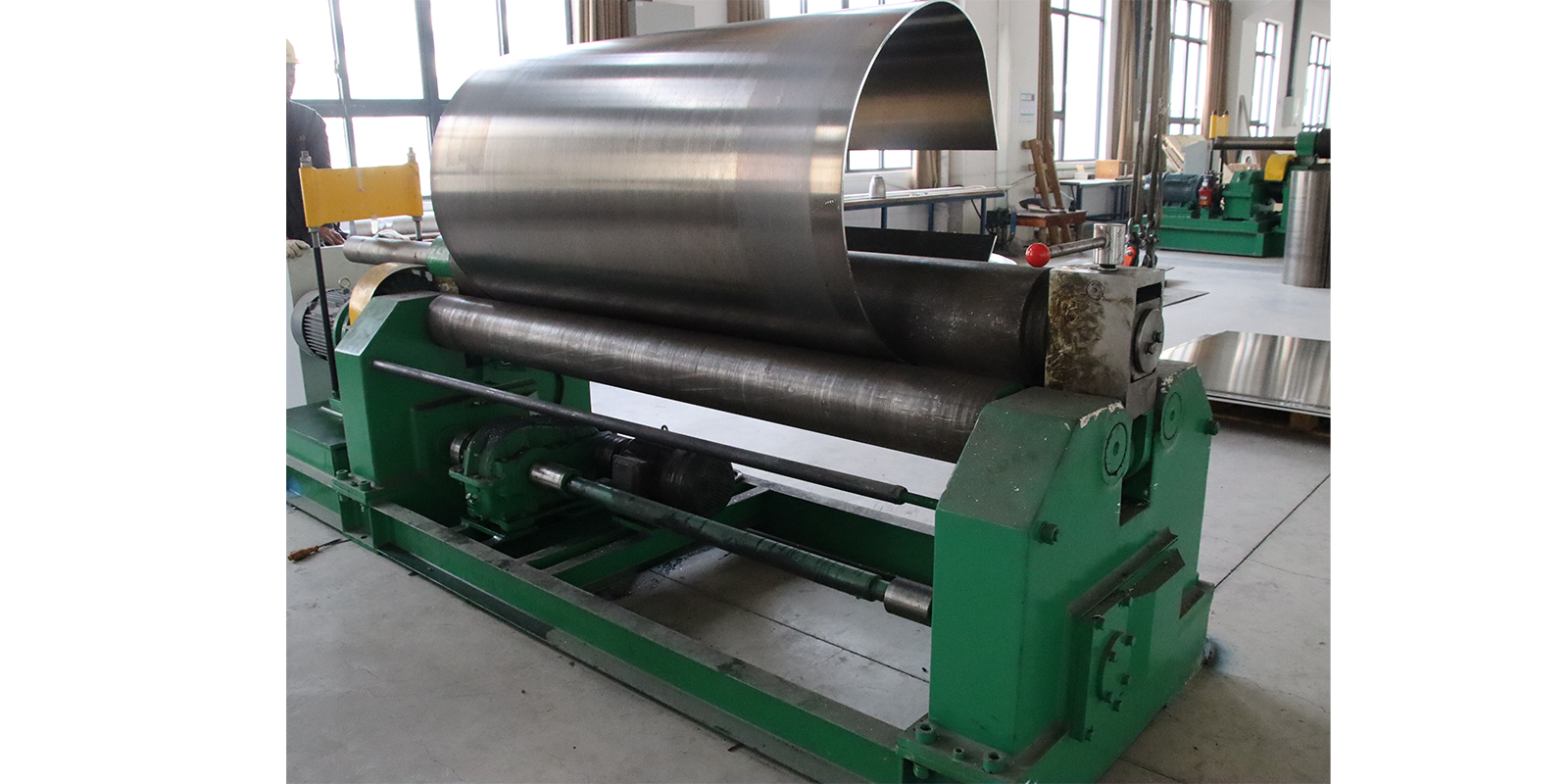
Assembly:
The welded components are assembled to form the complete structure of the cryogenic tower.
During assembly, strict control of part positioning and alignment is necessary to ensure the stability and sealing performance of the entire structure.
Operation of Cryogenic Towers
The tower equipment in cryogenic air separation is essentially a distillation column. The distillation column is one of the core equipment in the cryogenic air separation process. Which used to achieve the separation and purification of gas components during cooling and separation processes. The basic principle of air separation relies on low-temperature distillation to condense air into liquid form. And then separate the air according to the differences in component boiling points.
Compressed air passes through purification systems to remove impurities such as water and carbon dioxide from the air. Ensuring that subsequent separation processes are more efficient.
The pre-cooled gas then passes through the distillation column (tower equipment). where separation occurs based on differences in gas component boiling points. Typically, oxygen, with its lower boiling point, condenses first into a liquid, while nitrogen remains in the gaseous state. By adjusting the temperature and pressure inside the column, oxygen and nitrogen are condensed and evaporated, respectively, achieving separation. Oxygen liquid collected through low-temperature condensation can be collected and purified. While uncondensed nitrogen can continue to flow to the next stage.
That concludes the detailed introduction to cryogenic towers. In summary, towers play a crucial role in cryogenic air separation equipment, enabling efficient handling and utilization of gases through processes such as gas separation, liquefaction, and purification.



